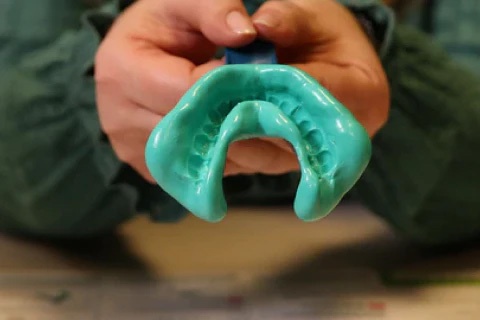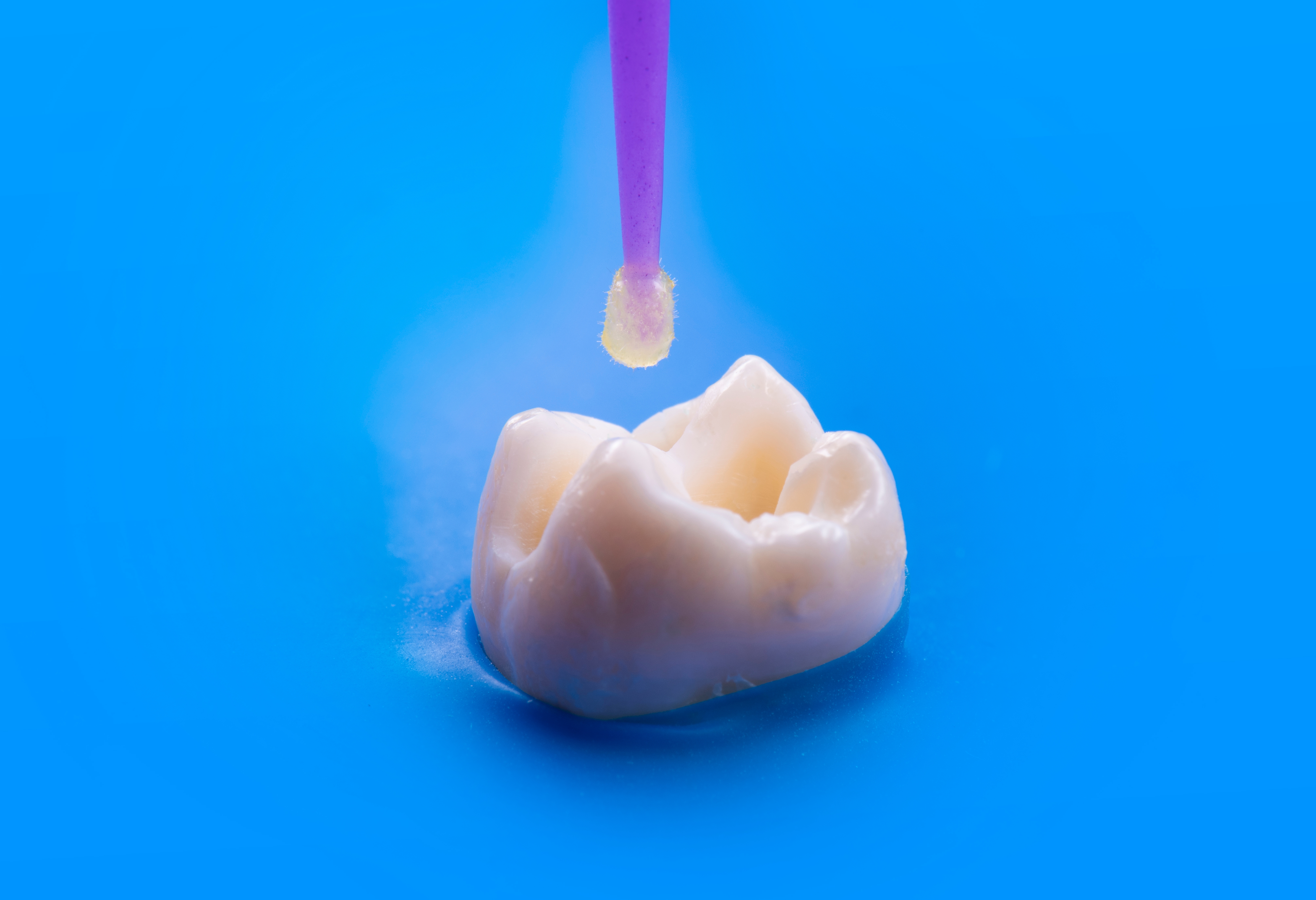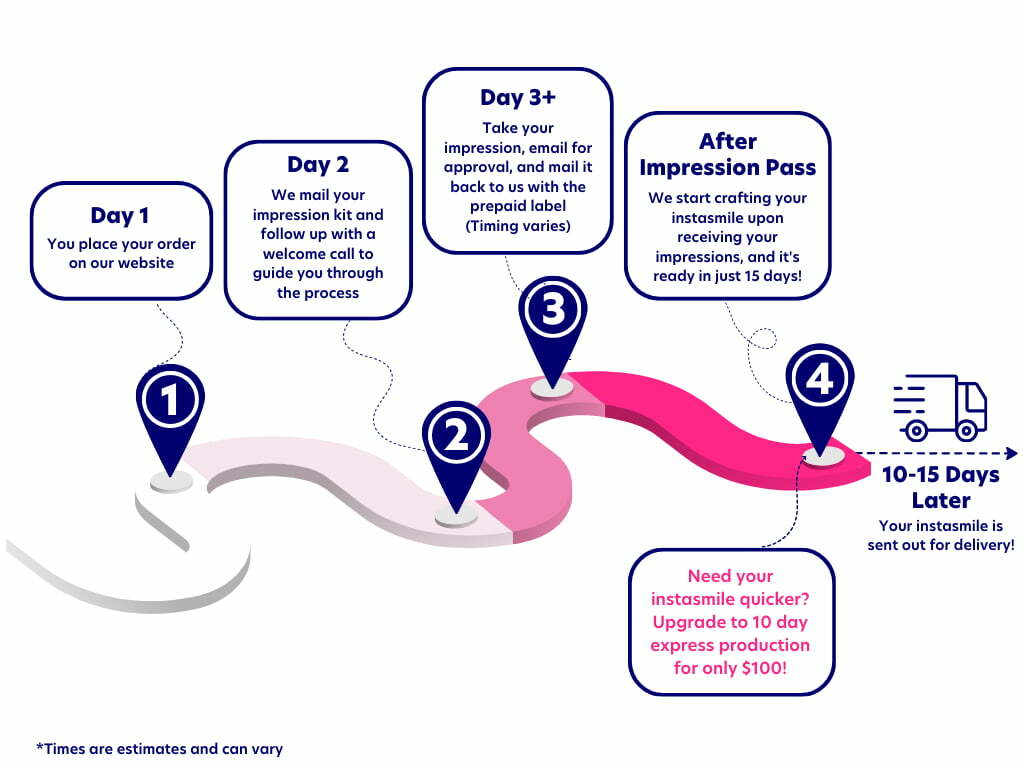How Does Dental Bonding Work?
Bonding is a common dental procedure that can be used to restore the appearance of teeth. It is a popular option for fixing small chips or cracks, or for filling in spaces between teeth. Bonding is also used as part of cosmetic dentistry procedures. In this article, we will take a closer look at how bonding works and what you can expect from the procedure.
What Does Tooth Bonding Mean?
A cosmetic dental procedure called tooth bonding (dental bonding) is used to repair a chipped, cracked, or otherwise broken tooth. It also aids in the treatment of discolored teeth, gaps between teeth, and even the lengthening of a tooth that is shorter than the rest.
The bond is a composite resin that restores the appearance of your tooth by filling in the gaps where it has broken.
Unlike a crown (which is used for fillings), the composite color will be similar to the color of the tooth, allowing it to blend in with the rest of the smile.

Why choose tooth bonding for a minor chip?
Many people are preoccupied with their smile, but repairing chips and cracks is also important for your overall oral health. It aids proper chewing and prevents further damage that could jeopardize the surrounding teeth's health.
Who Can Benefit from Teeth Bonding?
Teeth that have minor injuries and aren't severely decayed are the best candidates for tooth bonding.
You may prefer a dental implant over bonding if you have lost a tooth (or most of a tooth) or if the tooth is severely damaged. The tooth and root are completely replaced using a dental implant and a porcelain crown.
Tooth bonding is also best for people who are satisfied with the color of their teeth. If you've always wanted to whiten your teeth, you should do so before requesting teeth bonding from your dentist.
Your dentist will select a bond that is similar to the color of your natural teeth; if you whiten your teeth later, your natural enamel will lighten, but your bond will remain the same color. We'll go over it in greater depth further down.
What Does Teeth Bonding Entail?
Teeth bonding is generally a no-anesthesia procedure. It only requires anesthesia if you also need a filling or the dentist needs to change the shape of your tooth dramatically.
If you chipped your tooth near your nerve, you may need anesthesia because the work could irritate it.
The first step is to select a composite resin color that is as close to your natural tooth color as possible. A chart will be used by your dentist to ensure that their decision is correct.
The composite resin will then be prepared by the dentist to be bonded to your existing tooth. They begin by roughening the surface and then applying a bonding agent. The rough surface aids in the adhesion of the liquid and composite.
After that, your dentist applies composite resin to the affected area and molds it to repair the damage.
After that, everything is driven by a UV light.
It's perfectly acceptable if you don't think it's perfect the first time. Even after the resin has dried, your dentist can shape the tooth further.

What are the Risks?
Dental bonding is a quick, painless, and effective outpatient procedure. There are no negative consequences.
Unlike fake teeth veneers, the dentist does not grind down your tooth, so if you damage the composite resin, you can have it repaired without worrying about how strange your tooth looks. In comparison to veneers and crowns, composite resin chips and breaks less frequently.
How to Look After Your Bonded Teeth?
Nothing, including composite resin, is as durable as your natural teeth and enamel.
As a result, even though your bond is repairing the tooth, you must still take proper care of it.
Chewing on ice cubes or pens, for example, should be avoided. Your bond can also be harmed by hard foods and candies (in excess). However, because these are bad for your natural teeth as well, it's best to stay away from them in general, especially if you have a history of chipping or breaking teeth.
It's also worth noting that resin does not have the same level of stain resistance as enamel. If you smoke or drink a lot of coffee and red wine, you're more likely to develop long-term discoloration.
Composite resin, unfortunately, cannot be whitened. If you stain your bond, you may be stuck with it unless you replace it or go with veneers.
A bond can whiten your teeth. Whitening gels will not harm the composite resin, but you will notice a color difference as the appearance of your tooth changes, but your bond remains the same (also see our tooth cap guide).
Depending on the manufacturer of your bonding material, your dentist may be able to provide you with a very thin bond on your front teeth.
Bottom line: Because whitening can be unpredictable, it's best to whiten first and bond later, especially if you want to bond one of your front teeth. Otherwise, you might want to consider replacing the bond entirely.

Are You Prepared to Improve Your Smile?
Although our teeth are extremely strong, they are not indestructible. Teeth bonding is a procedure that can be used to repair cracks, chips, and even gaps between teeth. It's painless, long-lasting, and can be completed in just one visit.
The procedure is most effective on healthy teeth that have only minor damage or trauma. Before getting your bond, you should be satisfied with the color of your teeth in general. If you've always wanted to whiten your teeth before your bond, talk to your dentist about it.
Alternatively you could get clip-on veneers giving you all the benefits of traditional veneers with no teeth shaving and without the need to visit a dentist.
Frequently Asked Questions
What Does Tooth Bonding Mean?
A cosmetic dental procedure called tooth bonding (dental bonding) is used to repair a chipped, cracked, or otherwise broken tooth. It also aids in the treatment of discolored teeth, gaps between teeth, and even the lengthening of a tooth that is shorter than the rest.
The bond is a composite resin that restores the appearance of your tooth by filling in the gaps where it has broken.
Unlike a crown (which is used for fillings), the composite color will be similar to the color of the tooth, allowing it to blend in with the rest of the smile.
Why would you choose tooth bonding for a minor chip?
Many people are preoccupied with their smile, but repairing chips and cracks is also important for your overall oral health. It aids proper chewing and prevents further damage that could jeopardize the surrounding teeth's health.
Who Can Benefit from Teeth Bonding?
Teeth that have minor injuries and aren't severely decayed are the best candidates for tooth bonding.
You may prefer a dental implant over bonding if you have lost a tooth (or most of a tooth) or if the tooth is severely damaged. The tooth and root are completely replaced using a dental implant and a porcelain crown.
Tooth bonding is also best for people who are satisfied with the color of their teeth. If you've always wanted to whiten your teeth, you should do so before requesting teeth bonding from your dentist.
Your dentist will select a bond that is similar to the color of your natural teeth; if you whiten your teeth later, your natural enamel will lighten, but your bond will remain the same color. We'll go over it in greater depth further down.
What Does Teeth Bonding Entail?
Teeth bonding is a no-anesthesia procedure that only requires anesthesia if you also need a filling or the dentist needs to change the shape of your tooth dramatically. If you chipped your tooth near your nerve, you may need anesthesia because the work could irritate it.
The first step is to select a composite resin color that is as close to your natural tooth color as possible. A chart will be used by your dentist to ensure that their decision is correct.
The composite resin will then be prepared by the dentist to be bonded to your existing tooth. They begin by roughening the surface and then applying a bonding agent. The rough surface aids in the adhesion of the liquid and composite.
After that, your dentist applies composite resin to the affected area and molds it to repair the damage.
After that, everything is driven by a UV light.
It's perfectly acceptable if you don't think it's perfect the first time. Even after the resin has dried, your dentist can shape the tooth further.




 UK
UK
 USA
USA
 Australia
Australia

